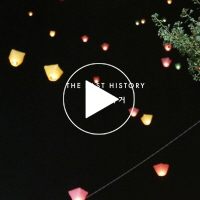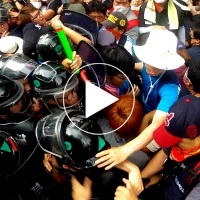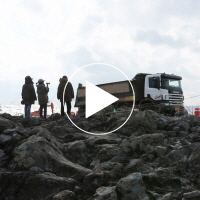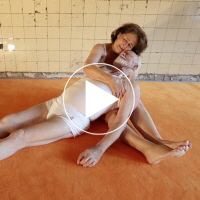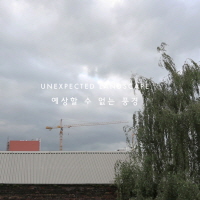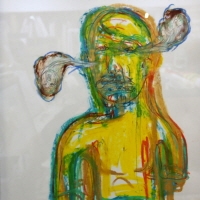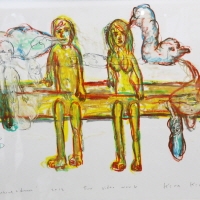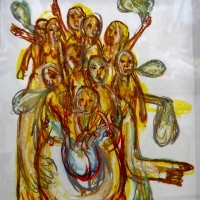Kira in Wonderland
For those who have read "Alice in Wonderland" the word 'wonder'probably have double meanings. That refers to 'surprising and novel' andsimultaneously indicates a structure in which we cannot help but lose ourways. Kim Kira has, for last three decades, lost his own ways. That is whyhis work, as claimed by itself, alludes to a marginalized life in theterritory of an empire and to the structure of a hierarchy imprinted on hisinner self. His work also presents a certain viewpoint the artist alwaysrelies on in observing and evaluating incomplete life aspects. As usually didall other dramas, Kim's work also has the starting point he bases his art indefying a relatively superior world and an overriding, controlling structure.
Kim's family history is of great significance in figuring out hisnarratives. In Korea, which is traditionally a Confucius nation, the childrenborn of a concubine were socially discriminated. The problem of illegitimatechildren was often addressed as the main subject in the 8th and 9threpresentative Korean literature.
Moving beyond the sphere of a family system, the issue of illegitimatechildren extended to the society's entire hierarchal system. As an artist,Kim has been the subject of discrimination under Korea's educational system.While living in the world in which any outer oppression corresponds tointernally structuralized suppression, Kim takes a relatively optimisticattitude. For instance, Kim strips his parents naked and has them boxing ormore accurately warming up and consistently chronicles the lives ofminorities, including disabled persons and animals.
The "29th Floor" done in 2002 remains most memorable, marking aturning point in his work. The background of this work is a high-riseapartment building, one of typical residence types in Korea. In thisperformance, the artist ascends the stairs up to the 29th floor with acamcorder, which he throws out from the floor. In other words, someone whogoes up the stairs and kills himself by throwing away his body from the 29thfloor is recorded and reproduced by the camcorder. The camcorder shows whatthe man saw while falling down about 70 or 80 meters and even his last momentas it is.
Kim derives many of his discourses from his personal experiences andapplies them to an enlarged social structure. His 2004 serial artwork"Government-Customer-Personnel" is an extension of such attempts.This video work is to pay homage to the video artist Paik Namjun who passedaway in 2006. In this serial work recalling Paik's "The Violin Tugged onthe Floor" the artist drags an operating camcorder on the floor. Theinternal meaning of this performance is transformed into a bodily experienceand delivered to the viewer as it is.
Kim's recent work shows a synthesis of the icons and symbols of powerdiscovered in Korea's social, political phenomena. These symbols ranging fromoutdoor speakers, cheap potted plants, and ceramics to female telephoneoperator's comment of "I love you." is a mechanical gimmickaltering our life into something two-dimensional.
What's sensed here is the fact that the artist's cynical attitude andself-inflicted wounds might shatter any optimistic basis. The backgroundmusic of the pieces "I Love You" and "Wonderpia" isKorea's popular songs which were in vogue in the 1960s and 70s. They soundlike the roars of a tiger in the circulation of capitalist values.
The value system is, on the one hand, considerably captivating, but one theother hand appears to be infinitely menacing. In "Coca Killer" theartist refers directly to the tastes most commonly consumed in a marginalizedculture. The three-dimensional logo flickering in showy colors presents afatal name and points out who is the subject of aggression.
Kim Kira's work associates the David's naked body facing and strugglingagainst an immense value system. One of the ways the weak may take is totransform his vulnerable point into a weapon. Kim strips his parents as wellas himself naked for his work. As suggested in the 2004 work"Coordinate: it's your around" in which he threw his body towardsthe viewer, Kim's final weapon is his own body. What he shouts in his piecesis to maintain an optimistic attitude to the end. That is the content of hisshouting although it couldn't be heard well, as if the title of his workfeaturing junk fast foods is "Still Life".
Yoo Jin-sang (Art Critic)



















